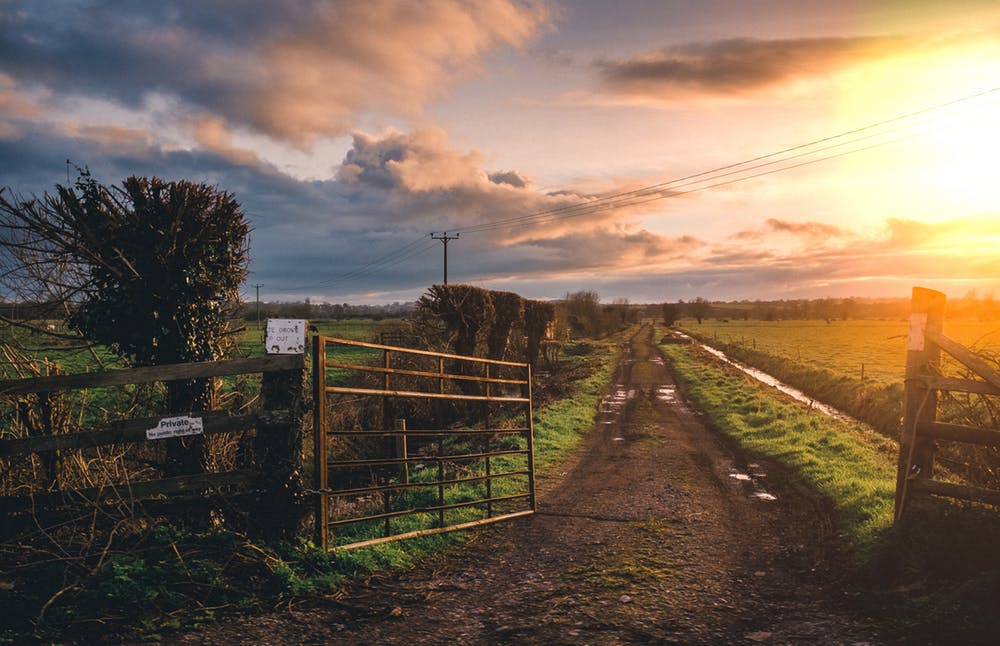 Researchers have created a new model that could help increase investment in farm-based sustainable energy projects by predicting whether or not a project will be profitable.
Researchers have created a new model that could help increase investment in farm-based sustainable energy projects by predicting whether or not a project will be profitable.
The study, published in the journal Waste Management, presents a techno-economic optimization model as a design aid “to determine ideal location, capacity, and participation level (cluster size) that maximize economic return on a cooperative digester.”
Put simply, the model provides information on where an anaerobic digestion system should be located, what its capacity should be and how much geographic area it should cover. Anaerobic digestion refers to the biological processes in which microorganisms break down biodegradable material in the absence of oxygen.
“Converting animal waste into electricity can be profitable for farmers while also producing environmental benefits, such as reducing greenhouse gas emissions,” said Mahmoud Sharara, lead author of the study and assistant professor of biological and agricultural engineering at North Carolina State University. “However, farmers cannot always finance these projects, and projects aren’t always a profitable enterprise for a single farm.”
“One way to address this is to develop cooperative anaerobic digestion systems that make use of waste from multiple farms,” Sharara says. “Two of the big questions surrounding this sort of project are: Where do you build the cooperative system? And how can you tell whether it will be profitable?”
According to the researchers, the model accounts for a range of factors, including which species a farm is raising, the size of each farm and where each farm is located.
What makes the model stand out though is that the model also accounts for uncertainty. The researchers identified 13 key sources of uncertainty that can affect the profitability of an anaerobic digester system.
The model runs repeated simulations accounting for variation in each area of uncertainty. This means it provides users with information on which combination of factors would generate the most profit.
Two case studies were developed to test the model based on dairy production regions in Wisconsin.
“The case studies were a good sanity check for us, and highlighted the viability and utility of the model,” Sharara says.
“Ultimately, we think this will spur investment in these projects, which will be good for both farmers and the environment.”
The model is now available.
“We’re also hoping to work more closely with anaerobic digester system developers to fine-tune our assessment of the costs related to these systems,” Sharara says. “And, ultimately, we’d like to expand our work to account for efforts to use the solids left behind after anaerobic digestion – such as projects that convert these solids into marketable fertilizer.”
Journal Citation
Mahmoud A. Sharara, Maxwell Y. Owusu-Twum, Troy M. Runge, Rebecca Larson,
Planning methodology for anaerobic digestion systems on animal production facilities under uncertainty, Waste Management, Volume 104, 2020, Pages 262-269, ISSN 0956-053X,
https://doi.org/10.1016/j.wasman.2020.01.028.
Interesting Related Article:
“Why Investing in Energy Storage Could Make or Break Your Business?“
